London has more green space than any other city on the planet. I learnt this the hard way when setting out to write a book about its top running spots—the book soon grew and grew because there were just so many incredible places to run.
The following top-10 list could have included all the well-publicished central running havens (like Hyde, St James's, Regent's and Victoria Parks) and the mega parks out west (Bushy and Richmond) but chances are you already know about them and one of the things I love about running is the ability to explore new environments. So what lesser known parks should all Londoners explore?
Well, here is my top 10. I could have easily have made this list a top-40 rather than top-10, but these 10 will get you started and I'm sure make you hungry to explore more of London's hidden treasures.
Note: We've included the list below, but to read a full description of each park read the Get Active London blog.
1. RUISLIP WOODS
Location: Ruislip (16.7mi NW of central London)
Perimeter Distance: 9.0mi (when combined with Park, Copse, Mad Bess and Bayhurst Woods)
2. HOME PARK
Location: Kingston Upon Thames (11.8mi SW of central London)
Perimeter Distance: 5mi
3. HORNCHURCH COUNTRY PARK
Location: Hornchurch (15.8mi E of central London)
Perimeter Distance: 2.5mi
4. WIMBLEDON COMMON
Location: Wimbledon (8.1mi southwest of central London)
Perimeter Distance: 7.8mi
5. HAMPSTEAD HEATH
Location: Highgate (4.6mi N of central London)
Perimeter Distance: 8.0mi
6. GREENWICH PARK
Location: Greenwich (6.7mi SE of central London)
Perimeter Distance: 2mi (around Greenwich Park only)
7. CRYSTAL PALACE PARK
Location: Crystal Palace (7mi S of central London)
Perimeter Distance: 2.05mi
8. FRYENT COUNTRY PARK
Location: Kingsbury (9.1mi NW of central London)
Perimeter Distance: 2.3mi
9. DANSON PARK
Location: Bexleyheath (11.7mi southeast of central London)
Perimeter Distance: 2.4mi
10. QUEEN ELIZABETH OLYMPIC PARK
Location: Stratford (5.8mi NE of central London)
Perimeter Distance: 3.6mi (following the art trail starting and finishing at Westfield)
Hayden Shearman is the author of the new book Runner's Guide to London, which is the ultimate companion for exploring the runner's playground that is London (features over 120 London running routes and parks). www.runnersguidetolondon.co.uk

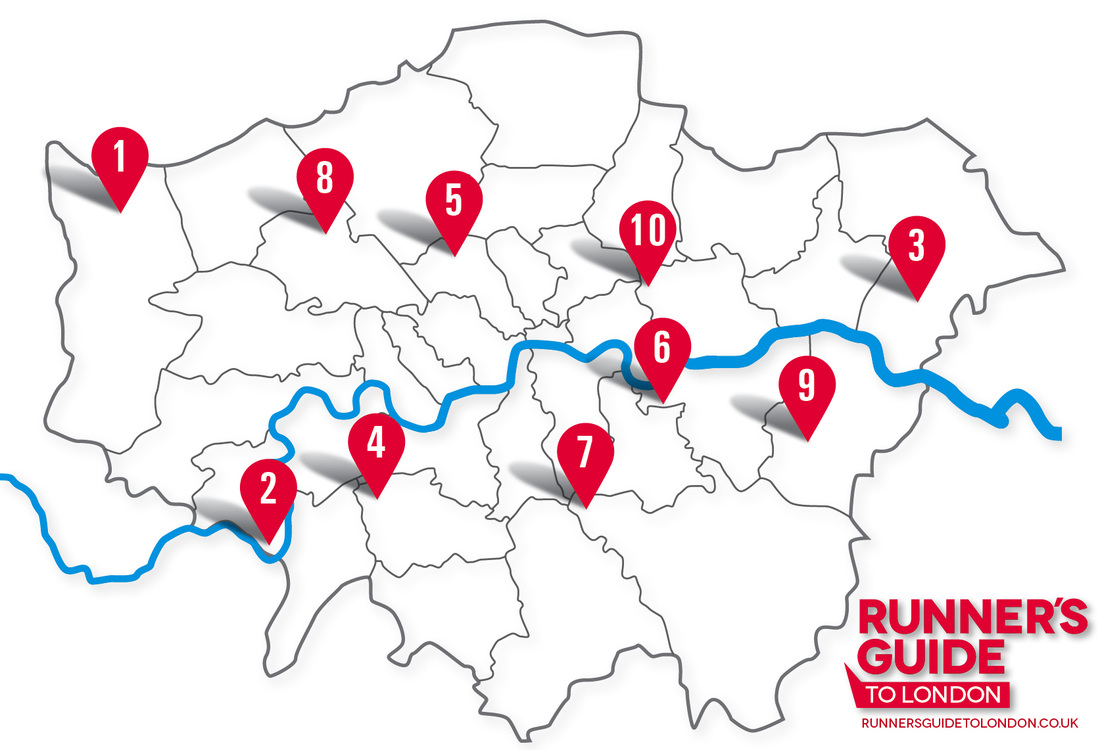
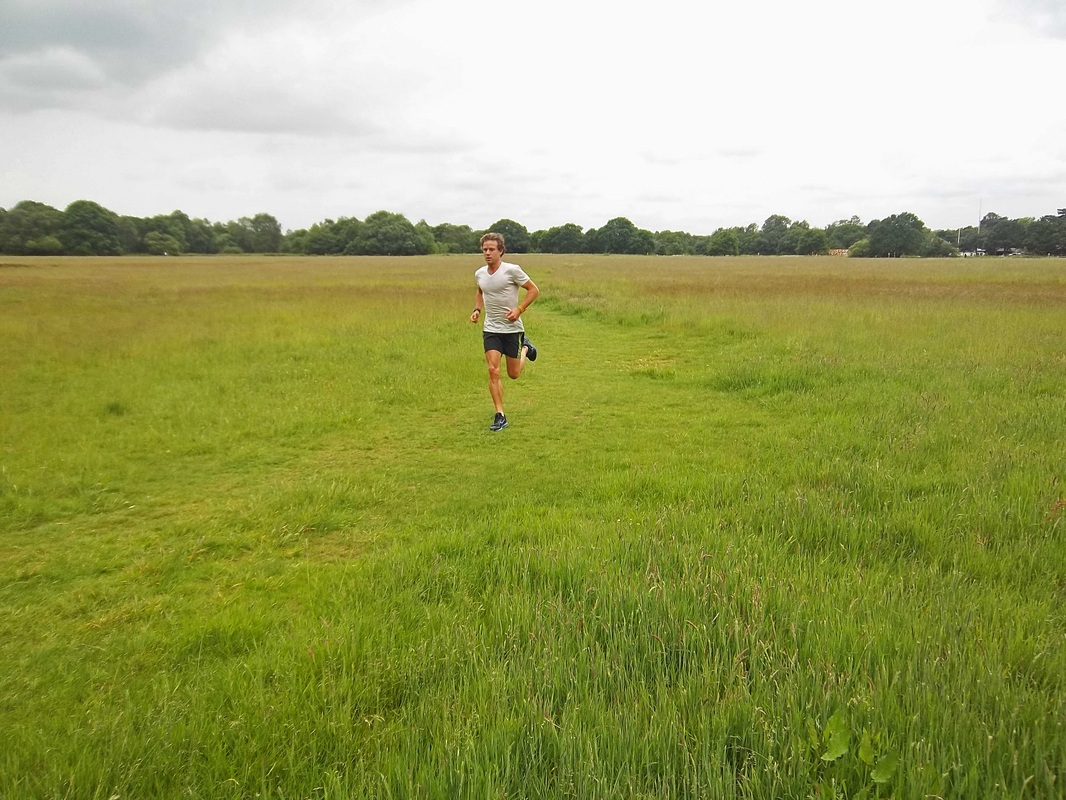
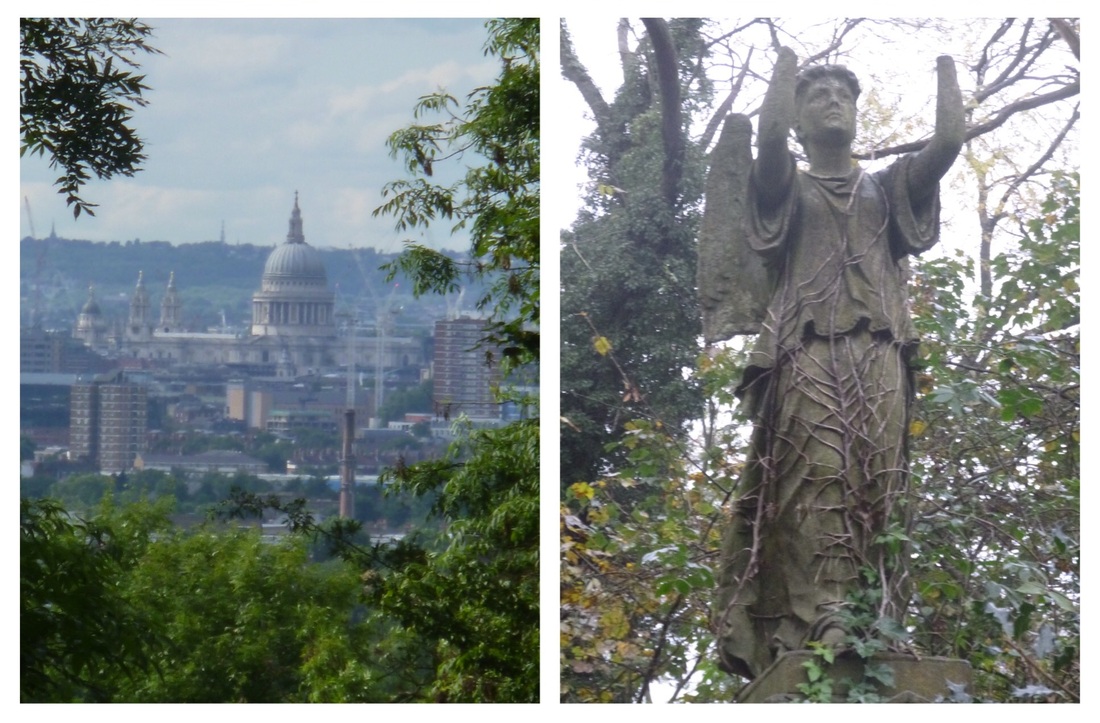
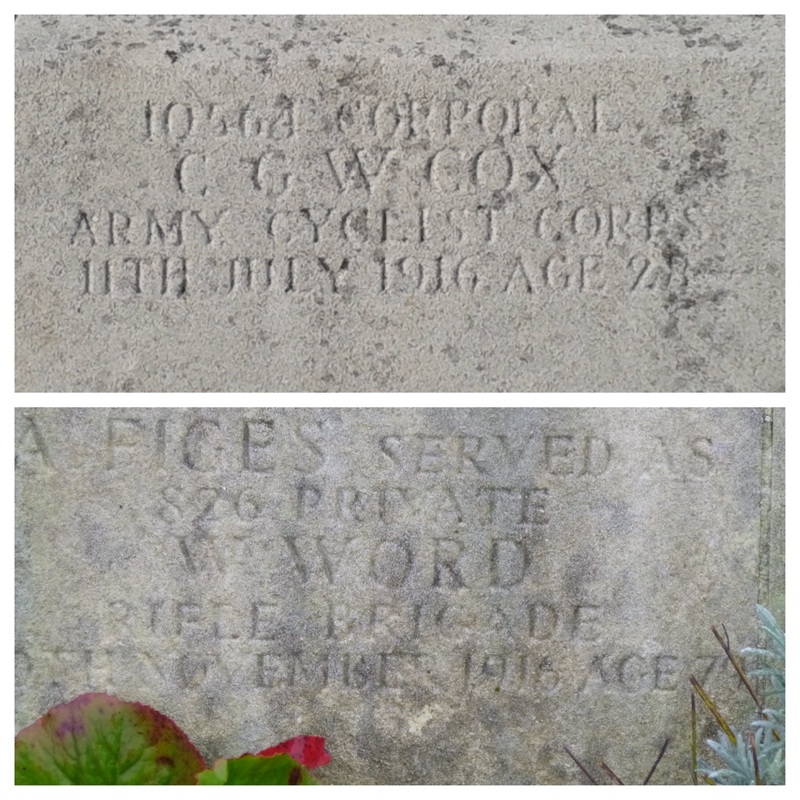
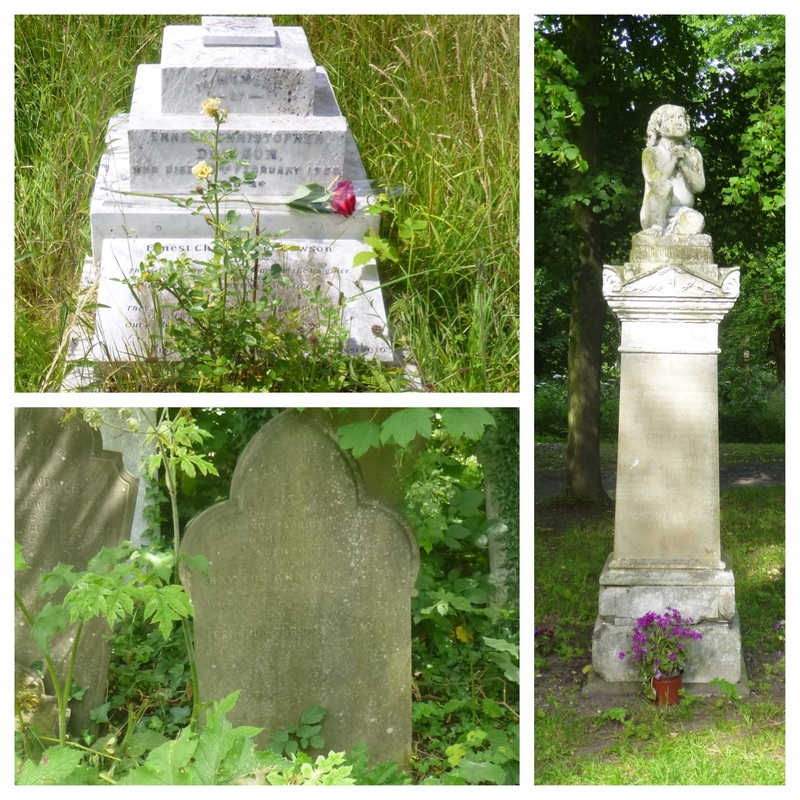
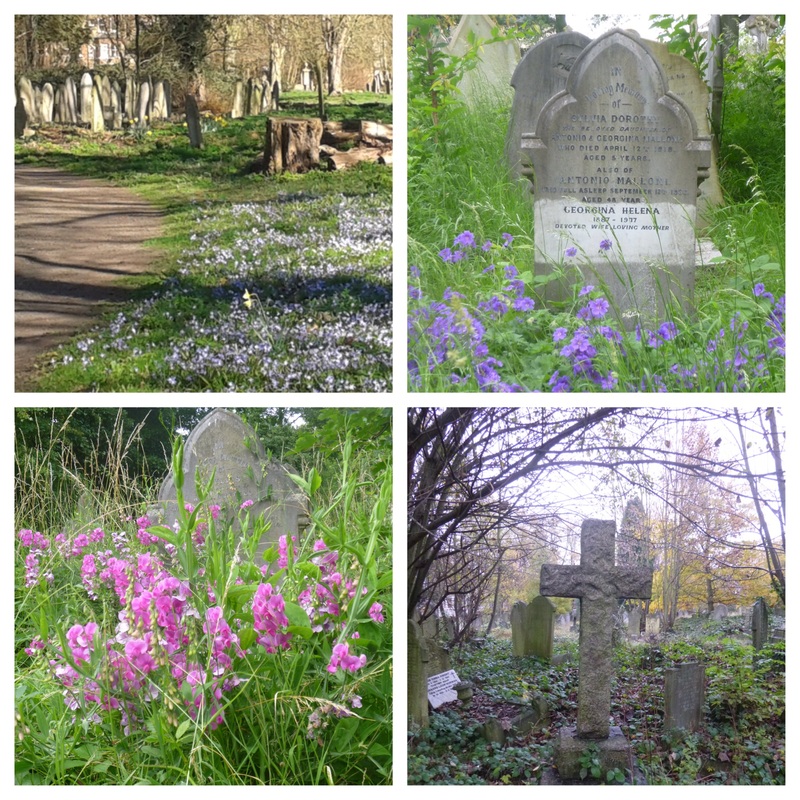
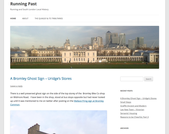
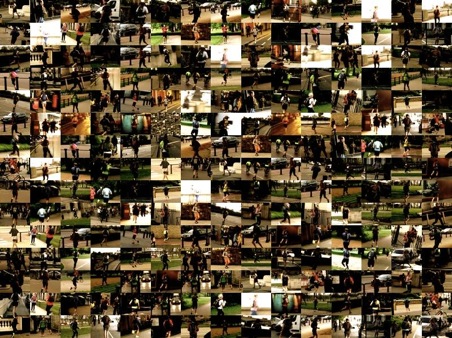
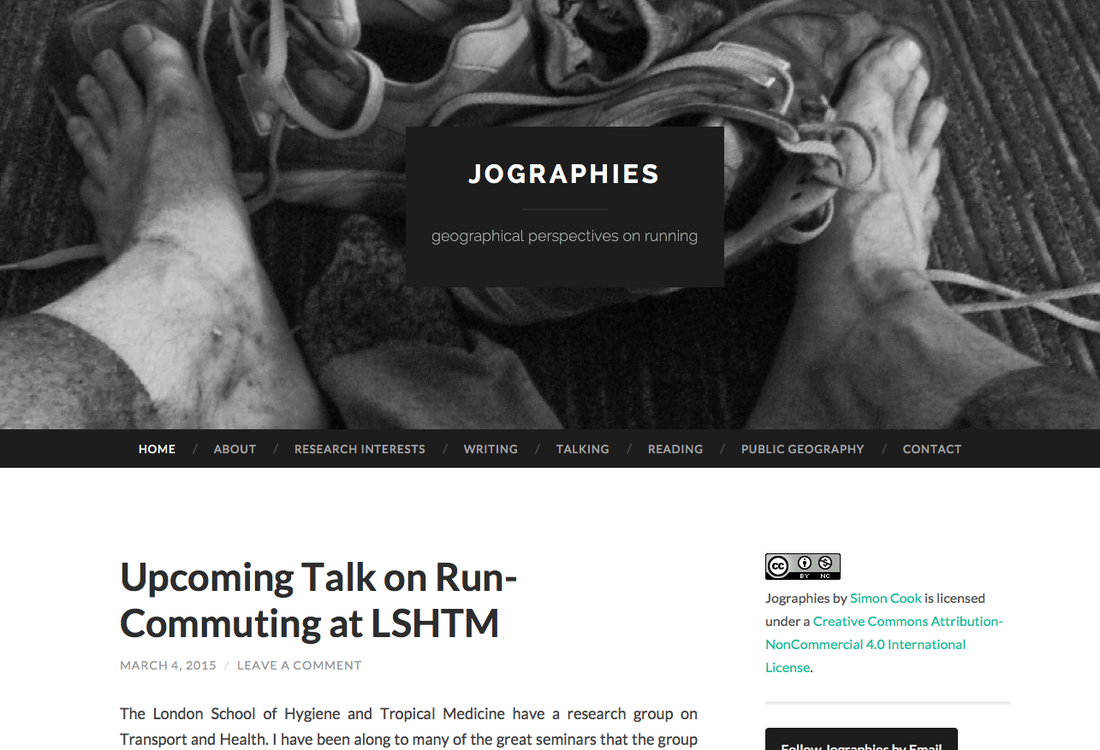
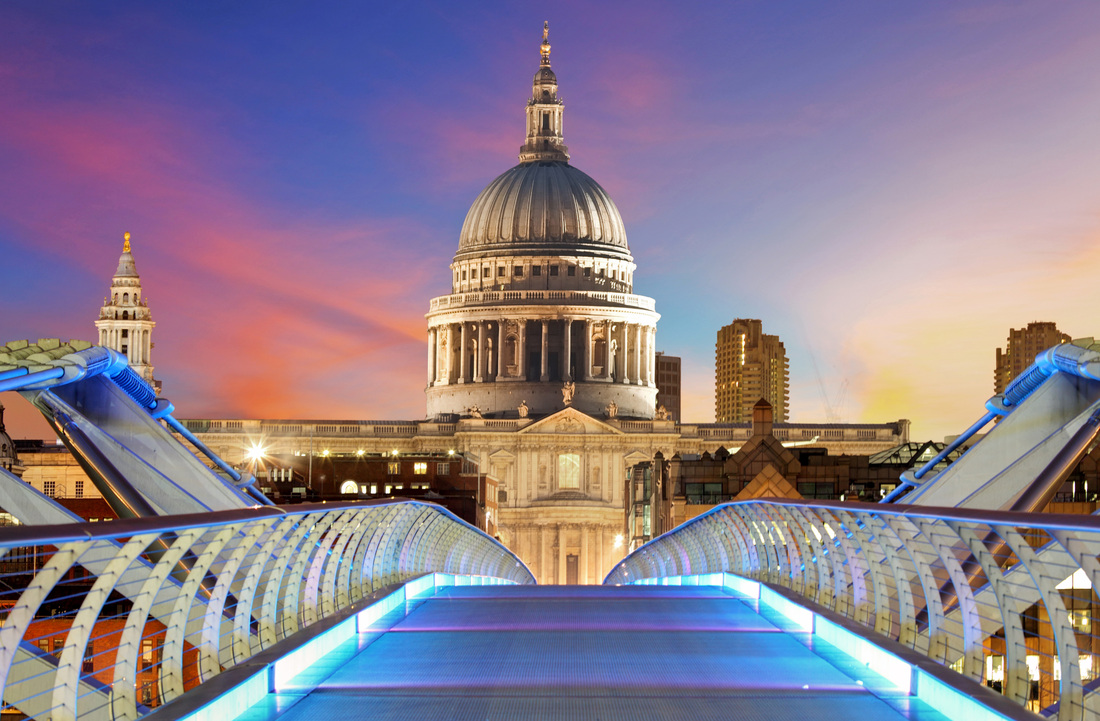
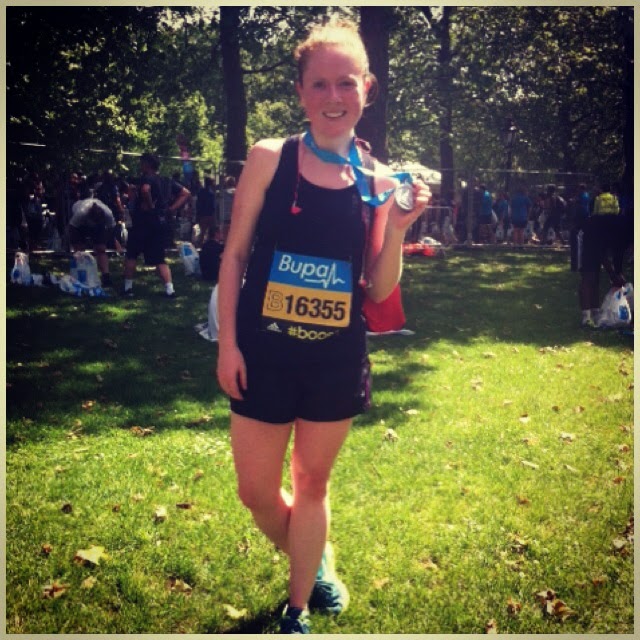

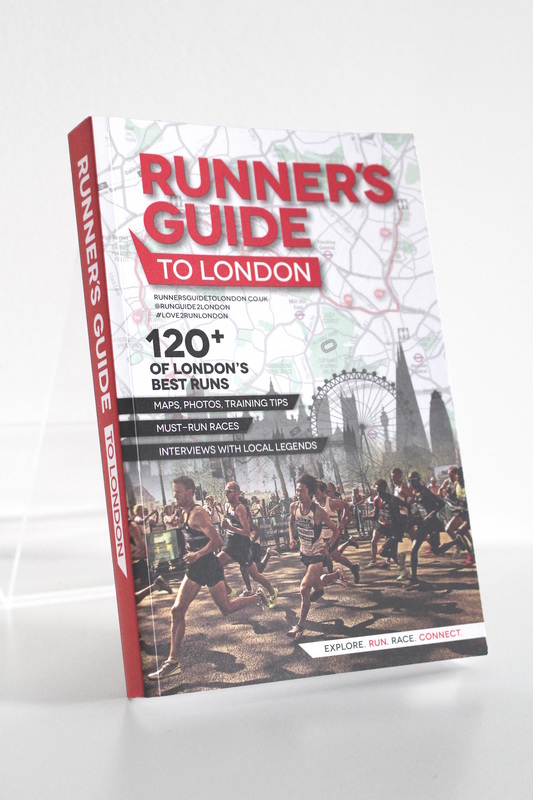
 RSS Feed
RSS Feed


